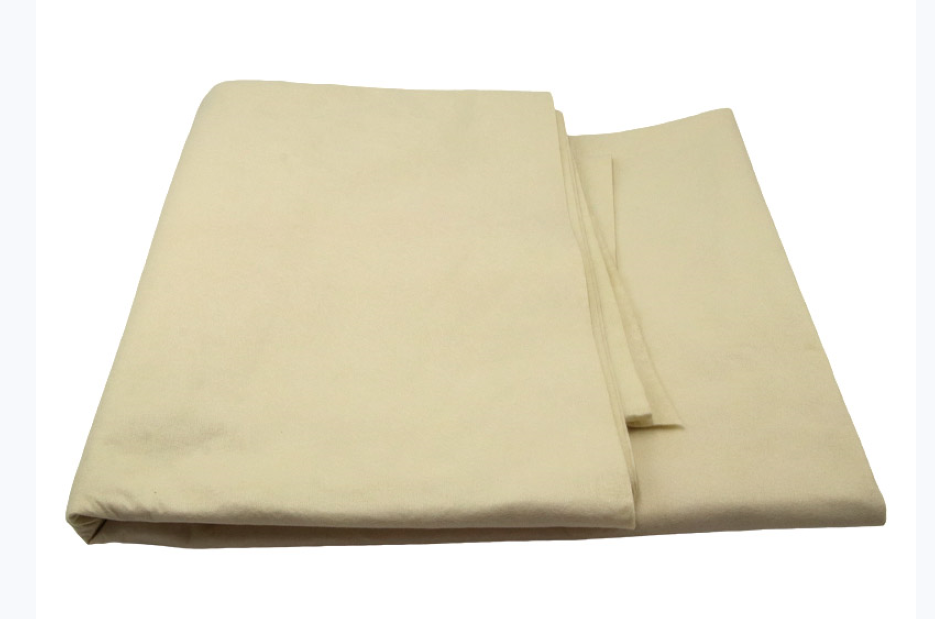Aramid spunlace nonwoven fabric is used for insulation in electrical equipment such as generators and transformers.
Oct 14,2025

Aramid spunlace nonwoven fabric is a high-performance, nonwoven material produced by processing aramid fibers—such as meta-aramid 1313 or para-aramid 1414—through a high-pressure spunlace process. This technique employs multiple high-pressure, fine water jets to spray and interlock the fiber web, creating a fabric-like material with enhanced density and strength.
Characteristics of aramid spunlace nonwoven fabric
1. Exceptional heat resistance and flame retardancy
The long-term operating temperature can exceed 200°C. For instance, after high-temperature treatment at 260°C, their tensile strength at break is significantly enhanced. These materials do not burn, melt, or produce molten droplets when exposed to air, and they exhibit an exceptionally high limiting oxygen index (typically greater than 28%). Moreover, they perform admirably and even in the event of a fire, they will not release toxic gases.
2. Excellent mechanical properties
Aramid spunlace nonwoven fabric boasts high strength and minimal deformation, capable of withstanding substantial tensile breaking forces. After undergoing high-temperature treatment, its mechanical properties can even be enhanced— for instance, at 260°C, the longitudinal and transverse tensile breaking strengths can significantly exceed their original levels.
3. Excellent Chemical Stability
It exhibits moderate resistance to weak acids, weak bases, and most organic solvents, and is not susceptible to degradation by molds or fungi. Compared to acidic environments, it performs better in alkaline conditions, as acid treatment typically leads to varying degrees of reduction in the sample's tensile strength, whereas the performance decline after alkaline treatment remains relatively minimal.
4. Excellent electrical insulation
Aramid spunlace nonwoven fabric features a high insulation rating, exhibits excellent dielectric strength with high breakdown voltage, and is resistant to moisture and abrasion. It also demonstrates good compatibility with various insulating varnishes, transformer oils, and other similar materials.
5. Other Features
Anti-aging, long service life, non-toxic materials, radiation resistance—and thanks to the entanglement created by the hydroentangling process, it offers exceptional softness and a skin-friendly, non-irritating feel.
Applications of Aramid Spunlace Nonwoven Fabric
1. High-end Electrical Insulation
This is one of its most important and classic application areas. It is used in electrical equipment with Class H or higher insulation ratings, such as generators, motors, transformers, arc welders, and electromagnets—serving as winding insulation, slot insulation, and interphase insulation. Performance-wise, it can effectively replace imported aramid paper products, thereby breaking the foreign monopoly.
2. Filtration in High-Temperature and Corrosive Environments:
In industries such as cement, steel, metallurgy, carbon black, and waste incineration, aramid spunlace nonwoven fabrics are used for collecting and filtering hot gases and dust, offering excellent resistance to high temperatures and chemical corrosion under operational conditions.
3. High-Performance Protective Gear
Thermal Protection: An insulating and flame-retardant layer used in fire-fighting suits, welding garments, military uniforms, and other high-temperature-resistant, flame-retardant clothing. Research shows that aramid/aramid-sulfone spunlace fabrics with varying blend ratios exhibit excellent dimensional stability after high-temperature treatment, effectively blocking flames and heat.
Mechanical Protection: When combined with fibers such as ultra-high-molecular-weight polyethylene (UHMWPE), it can be used to create protective clothing, gloves, and other gear that are resistant to cutting and puncture. This composite material achieves both thinner profiles and higher density, balancing superior protection with exceptional comfort during wear.
4. Advanced Composite Material Substrates
As an enhanced substrate, it is used in lightweight composite materials for aerospace, automotive, shipbuilding, and other industries—such as honeycomb structural materials. Its high strength, high-temperature resistance, and flame-retardant properties meet the stringent demands of these fields.
PREVIOUS:
Related Posts
Contact Us
E-mail:
gdkaidun@163.com
Phone/WeChat:
86-131-3828-6677
Address:
Room 401, Building 21, No. 1, Keqing Road, Yundonghai Street, Sanshui District, Foshan City, Guangdong Province





